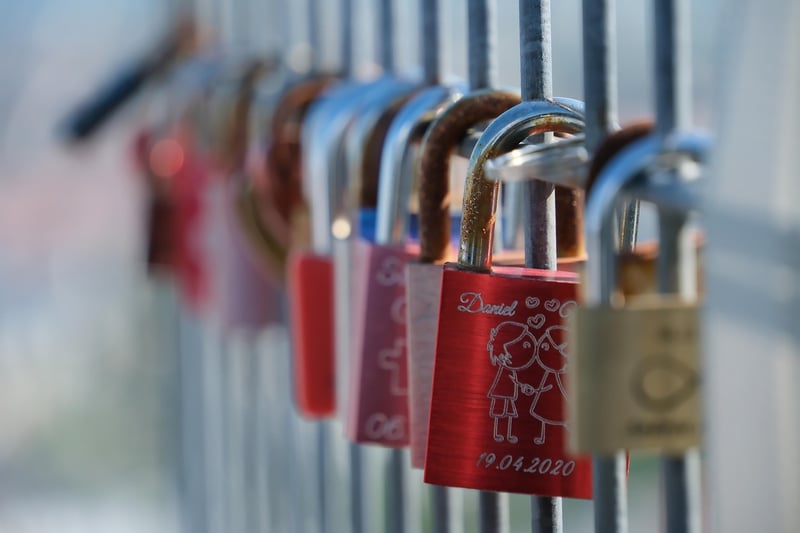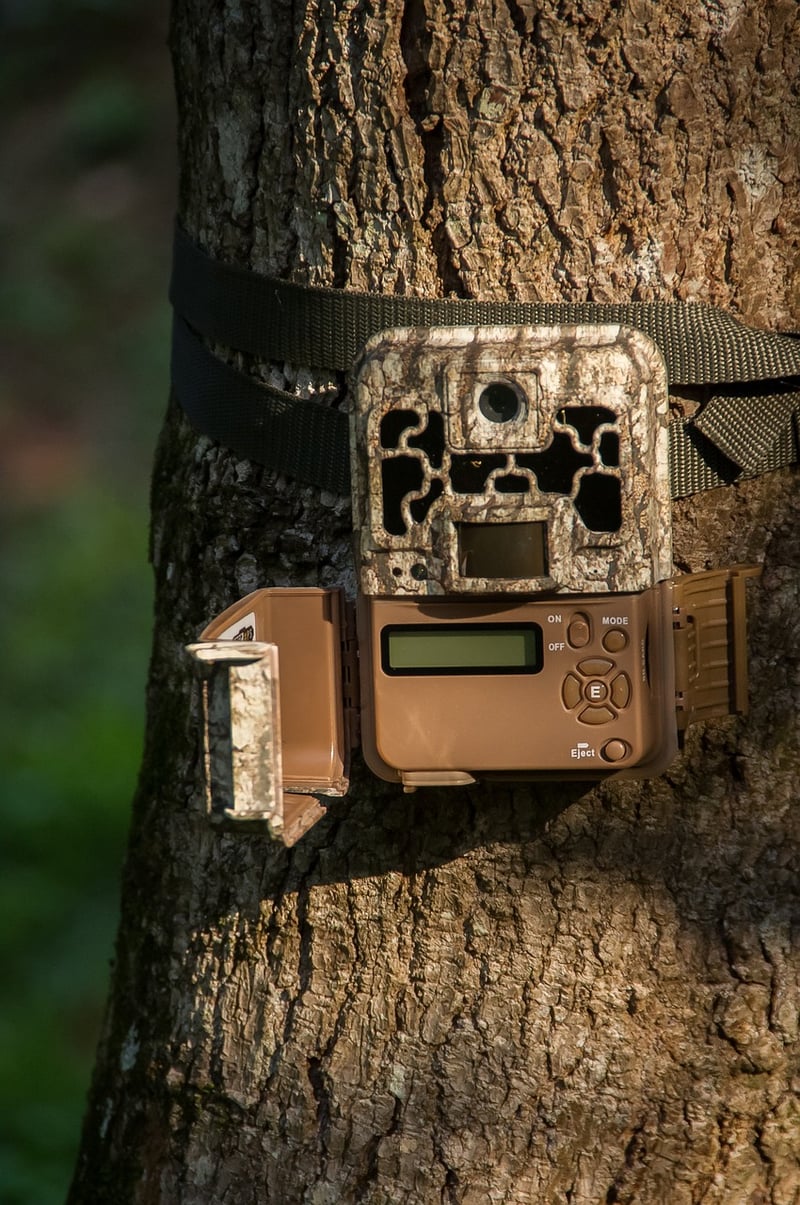Covert Messages
The Art of Stealthy Communication and Covert Messages
In a world where information is constantly sought after and privacy is a luxury, the art of stealthy communication and covert messages has become increasingly relevant. Whether it's for personal privacy, espionage, or simply for the thrill of secrecy, mastering the techniques of covert communication can be both exciting and practical.
Understanding Stealthy Communication
Stealthy communication involves the transmission of messages in a discreet or secretive manner to avoid detection by unintended recipients. This can be achieved through various methods such as encryption, steganography, and covert channels.
Encryption
Encryption is the process of converting plaintext into ciphertext to secure the content of a message. By using algorithms and keys, encryption ensures that only authorized parties can decipher the message, protecting it from interception or tampering.
Steganography
Steganography is the practice of concealing messages within other non-secret data, such as images, audio files, or text. By embedding a message within a seemingly innocuous file, steganography allows for covert communication without arousing suspicion.
Covert Channels
Covert channels involve the transmission of information through unconventional means, bypassing standard communication protocols. This can include hiding data within network traffic, using hidden data storage techniques, or even employing physical methods like invisible ink or microdots.
The Importance of Covert Messages
Covert messages serve a variety of purposes, from ensuring privacy and confidentiality to carrying out clandestine operations. Whether it's in the realm of cybersecurity, intelligence agencies, or even everyday personal communication, the ability to send and receive covert messages can be a valuable skill.
Mastering the Art
To master the art of stealthy communication and covert messages, one must delve into the world of cryptography, coding, and hidden communication techniques. By understanding the principles behind encryption, steganography, and covert channels, individuals can enhance their ability to communicate securely and discreetly.
Conclusion
As technology advances and communication becomes more vulnerable to interception, the need for stealthy communication and covert messages continues to grow. By learning and practicing the techniques of encryption, steganography, and covert channels, individuals can safeguard their information and engage in secret communication with confidence.
Embrace the world of covert communication and unlock the power of secrecy in a digital age.



